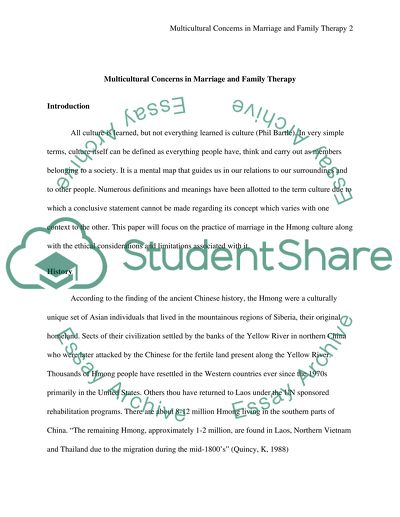Cite this document
(“Multicultural Concerns in Marriage and Family Therapy Essay”, n.d.)
Retrieved from https://studentshare.org/culture/1404771-individual-assignment-multicultural-concerns-in
Retrieved from https://studentshare.org/culture/1404771-individual-assignment-multicultural-concerns-in
(Multicultural Concerns in Marriage and Family Therapy Essay)
https://studentshare.org/culture/1404771-individual-assignment-multicultural-concerns-in.
https://studentshare.org/culture/1404771-individual-assignment-multicultural-concerns-in.
“Multicultural Concerns in Marriage and Family Therapy Essay”, n.d. https://studentshare.org/culture/1404771-individual-assignment-multicultural-concerns-in.


